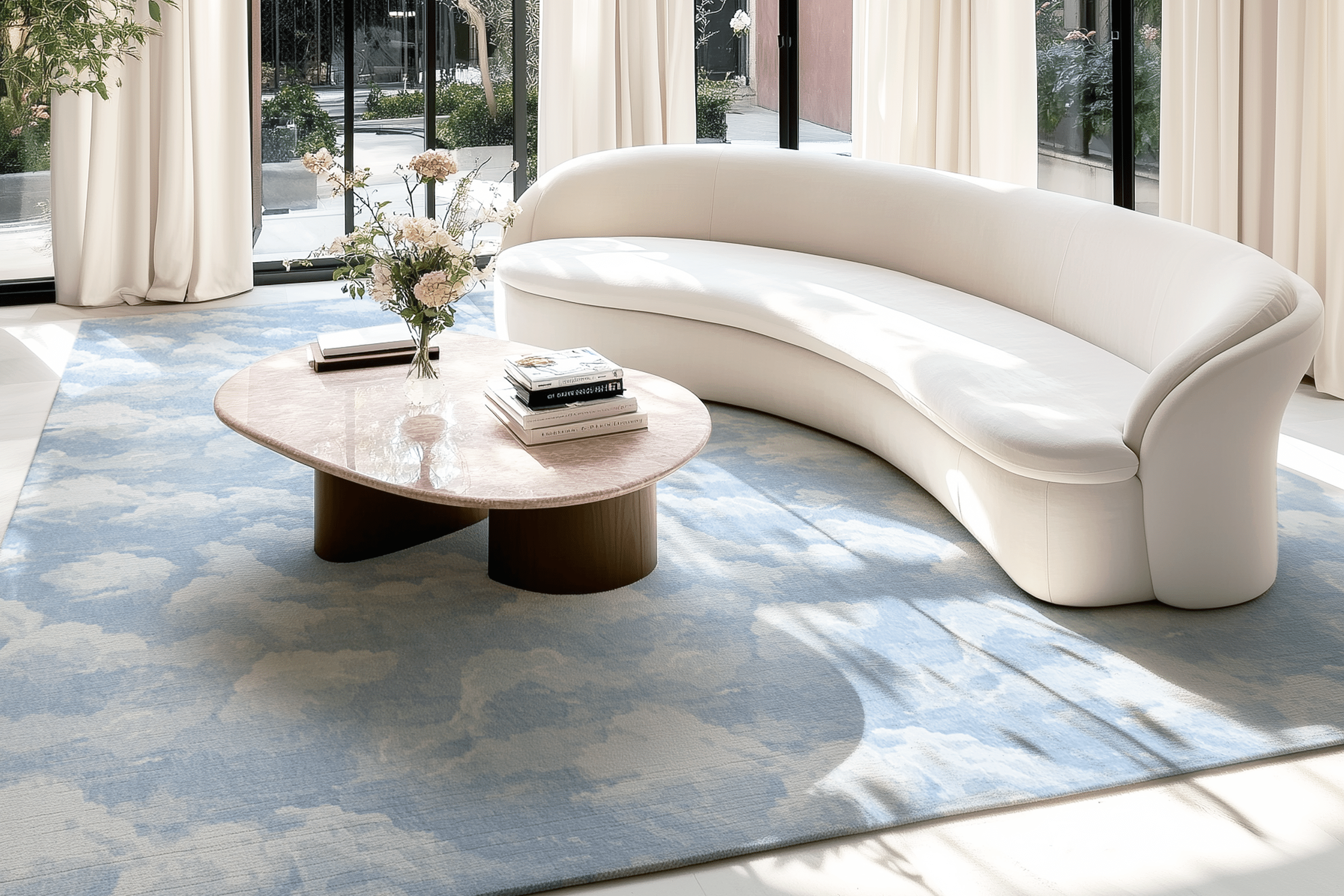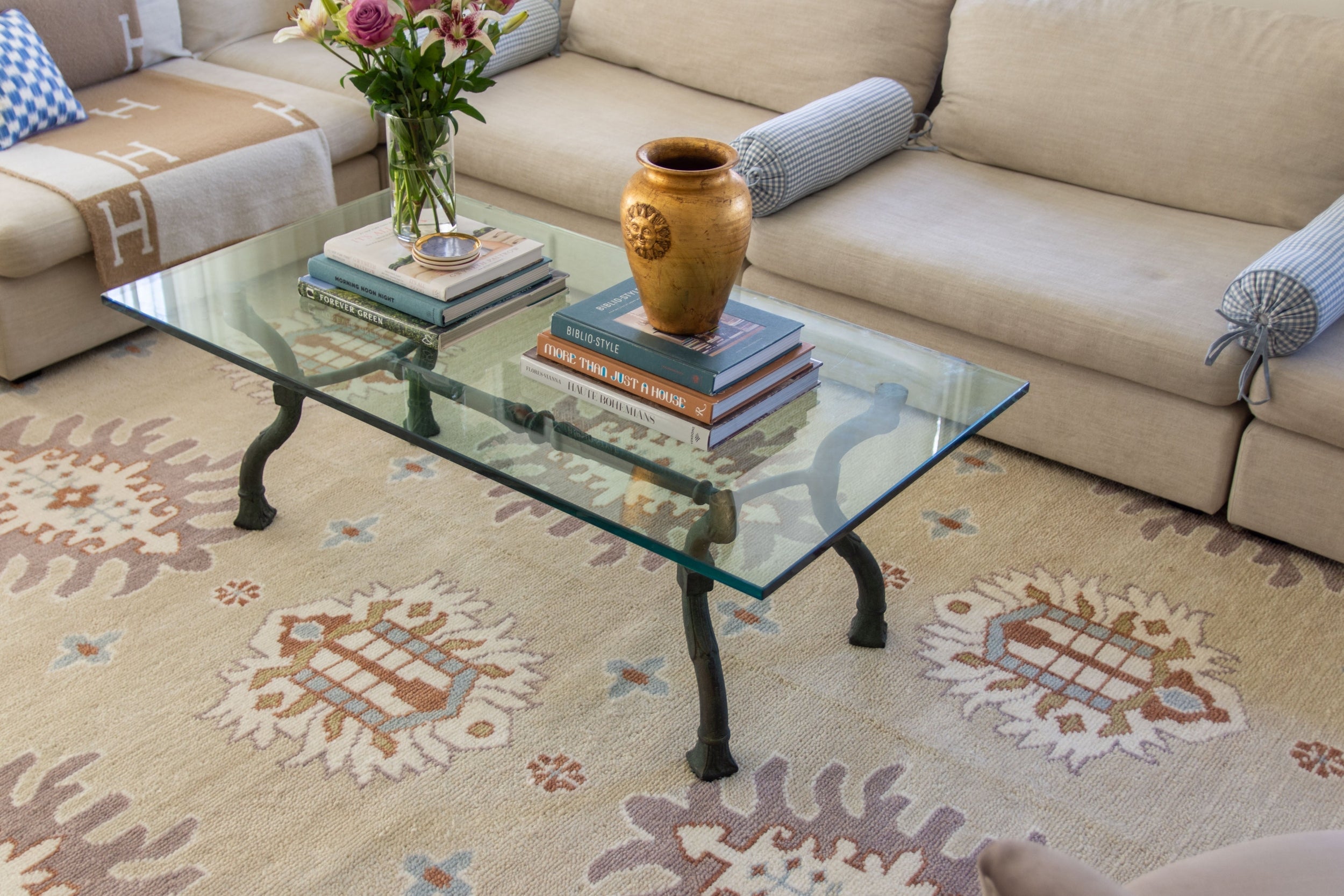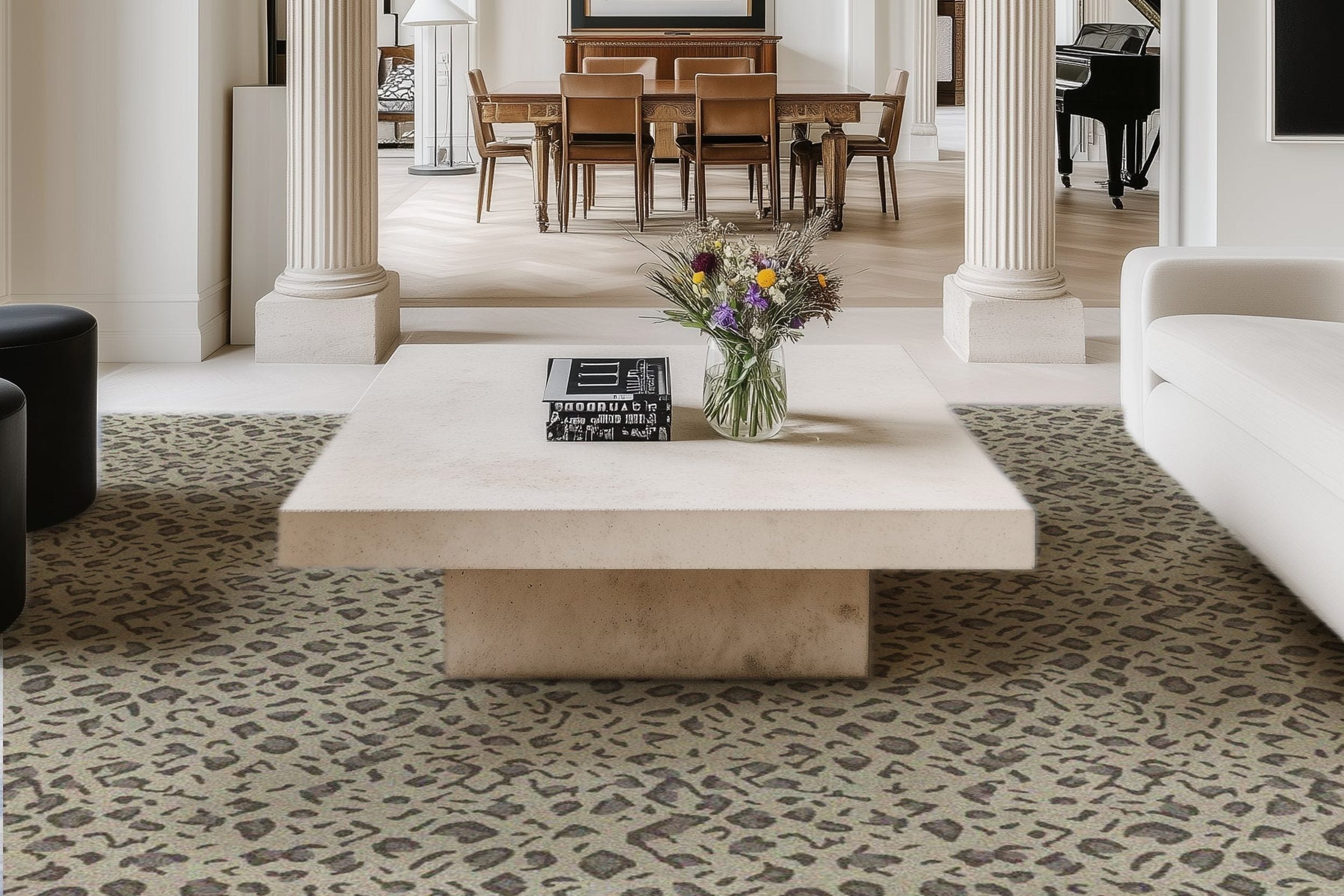Study Room Interiors That Nurture Both Discipline and Imagination in Kids

Creating a child's learning space requires more than just picking out a desk and chair. Modern parents face the challenge of designing environments that support focused study while encouraging creative exploration. The right interior design can transform a simple room into a powerful tool for academic success and imaginative development.
Whether your child struggles with concentration or needs more outlets for creativity, thoughtful design choices can make all the difference in their learning journey.
The Psychology Behind Dual-Purpose Study Room Design for Kids
Understanding that the right interior design can significantly impact both academic performance and creative development, let's explore the scientific foundation behind creating spaces that truly serve both purposes.
Neurological Benefits of Balanced Learning Environments
Children's brains thrive in environments that stimulate different neural pathways. A notable study highlighted in the 'Journal of Pediatric Health Care' found that structured play sessions led to a 33% decrease in anxiety symptoms among participating children, showcasing play's therapeutic potential. This research demonstrates how carefully designed spaces can reduce stress while promoting learning.
When we create a study room design for kids that incorporates both structured learning areas and creative zones, we're supporting healthy brain development. The prefrontal cortex, responsible for executive functions like planning and decision-making, develops better when children can switch between focused tasks and imaginative play within the same environment.
Color Psychology for Focus and Creativity
Colors directly influence mood and cognitive performance in children. Cool blues and greens promote concentration and calm thinking, making them perfect for homework areas. Warmer colors like yellow and orange stimulate creativity and energy, ideal for art corners or reading nooks.
The key lies in creating zones within the room that use color strategically. You don't need to repaint entire walls – colorful accessories, rugs, and storage solutions can provide the necessary visual cues that help children understand when it's time to focus versus when it's time to create.
Spatial Arrangements That Support Different Learning Modes
Children learn through various modalities – visual, auditory, kinesthetic, and tactile. Choose furniture that supports good posture and organization, like ergonomic chairs and tidy shelving units, to instill productive habits. At the same time, add elements that spark curiosity, chalkboard walls, colorful decor, or a small reading nook with fairy lights.
A well-designed space can complement the benefits of online tutoring classes by encouraging focus during lessons while also inspiring out-of-the-box thinking when kids explore ideas on their own. The room layout should accommodate these different learning styles seamlessly.
Consider creating distinct zones: a quiet corner for reading and focused work, an open area for movement-based learning activities, and a collaborative space where children can work on projects or participate in virtual group sessions. It's time to translate this knowledge into concrete design elements that will transform your child's learning environment.
Essential Design Elements for Creative Study Spaces
The foundation of any successful learning environment lies in selecting design elements that serve multiple purposes while maintaining visual appeal and functionality.
Flexible Furniture Solutions for Multi-Purpose Learning
Creative study spaces require furniture that adapts to changing needs throughout the day. Height-adjustable desks allow children to alternate between sitting and standing, promoting better posture and increased blood flow to the brain. Rolling storage carts can transform a study area into an art studio within minutes.
Modular seating options like floor cushions, bean bags, or low stools give children choices in how they position themselves for different activities. This flexibility helps accommodate various learning preferences while keeping the space from feeling rigid or institutional.
Lighting Systems That Adapt to Study and Play Modes
Natural light should be the primary source whenever possible, positioned to minimize glare on computer screens or reading materials. However, artificial lighting needs to be equally thoughtful. Task lighting for focused work should be bright and direct, while ambient lighting for creative activities can be softer and more diffused.
Consider installing dimmer switches or using multiple light sources that can be adjusted based on the activity. String lights or colored LED strips can add a playful element that signals transition times between work and play.
Storage Solutions That Encourage Organization and Creativity
Smart storage keeps supplies accessible while maintaining visual calm. Open shelving displays books and materials that inspire learning, while closed storage hides clutter that might distract from current tasks. According to one survey, 65 percent of American parents said they played outdoors
Now that you understand the fundamental building blocks of effective study space design, let's explore 15 inspiring examples that bring these principles to life in real-world applications.
Innovative Kids Study Room Ideas for Modern Homes
These design concepts demonstrate how theoretical principles translate into practical, beautiful spaces that children want to use.
The Montessori-Inspired Learning Nook
Low, child-sized furniture encourages independence and self-directed learning. Natural materials like wood and cotton create a calm, grounding atmosphere. This approach emphasizes accessible storage at the child's eye level and promotes ownership of the learning space.
Tech-Integrated Smart Study Zones
Modern learning requires technology integration without screen overload. Built-in charging stations, cable management systems, and adjustable monitor arms create clean, functional spaces. Consider voice-activated assistants for hands-free research and timer functions.
Nature-Themed Biophilic Study Spaces
Plants, natural textures, and earth tones bring the outdoors inside. Living walls, wooden accents, and nature photography create connections to the natural world that many children miss in urban environments. This design particularly appeals to kinesthetic learners who need tactile experiences.
Minimalist Scandinavian Study Corners
Clean lines, neutral colors, and clutter-free surfaces promote focus and calm. White or light wood furniture paired with pops of color through accessories creates spaces that feel sophisticated yet child-friendly. This approach works well in smaller rooms or shared spaces.
Industrial Chic Learning Laboratories
Exposed pipes, metal accents, and concrete textures appeal to children interested in science and engineering. Magnetic surfaces for displaying work and sturdy materials that withstand active use make these spaces both stylish and practical.
Bohemian Creative Sanctuaries
Layered textiles, warm colors, and eclectic decor encourage artistic expression. Floor seating, tapestries, and plants create cozy environments perfect for reading, journaling, or artistic pursuits.
Space-Themed STEM Study Areas
Glow-in-the-dark stars, planet mobiles, and rocket ship bookcases inspire scientific curiosity. Dark colors with metallic accents create dramatic backdrops that make learning about astronomy and physics exciting.
While these innovative designs offer endless inspiration, the key to success lies in choosing elements that match your child's developmental stage and learning needs.
Home Study Room Inspiration: Age-Appropriate Design Strategies
Different ages require different approaches to space design, and understanding these needs helps create truly functional environments.
Early Elementary (Ages 5-8): Foundation Building Spaces
Young children need clearly defined spaces with obvious visual cues about where different activities happen. Kids' study room ideas for this age group should emphasize sensory experiences and movement opportunities. Low tables, floor seating options, and plenty of open space for spreading out projects work best.
Storage should be simple and intuitive – clear bins with picture labels help children learn organization skills while maintaining independence. Bright, cheerful colors and soft textures make spaces feel welcoming rather than intimidating.
Middle Elementary (Ages 9-11): Independence-Fostering Environments
This age group begins developing stronger preferences and needs more sophisticated organizational systems. They can handle more complex storage solutions and appreciate having some control over their environment's appearance.
Home study room inspiration for this stage includes adjustable elements that children can modify themselves – moveable lighting, repositionable artwork, and flexible seating arrangements that they can rearrange based on their current needs.
Pre-Teen (Ages 12-14): Identity-Expressing Study Sanctuaries
Older children need spaces that reflect their developing identities and provide privacy for concentration. They appreciate more mature design elements while still needing playful touches that encourage creativity.
Consider incorporating display areas for personal collections, achievements, or artwork. Technology integration becomes more important as academic demands increase and social connections shift to digital platforms.
As children grow and their learning needs evolve, integrating smart technology becomes essential for keeping pace with modern educational demands and digital learning opportunities.
Smart Technology Integration for Modern Learning Spaces
Technology shouldn't dominate the space, but rather support learning goals while maintaining the room's dual purpose for creativity and discipline.
Interactive Digital Whiteboards and Learning Displays
Wall-mounted displays can transform any wall into an interactive learning surface. These tools support visual learners while providing opportunities for creative expression through digital art and multimedia projects.
Voice-Activated Study Assistants and Smart Lighting
Smart speakers can set timers, play focus music, or answer quick questions without interrupting workflow. Automated lighting systems can shift color temperature throughout the day, supporting natural circadian rhythms and attention patterns.
Augmented Reality Learning Stations
AR technology brings abstract concepts to life, making subjects like history, science, and geography more engaging. Dedicated spaces for these activities should include good lighting and clear floor areas for movement-based learning.
Cable Management and Device Organization Systems
Clean, organized technology setups reduce distractions and teach children good digital habits. Built-in charging stations, cord organizers, and device storage keep technology accessible but not overwhelming.
Beyond the digital tools and smart systems, the visual appeal and decorative elements of your child's study space play an equally crucial role in maintaining engagement and motivation.
Study Area Decor for Children: Balancing Aesthetics and Functionality
Decorative elements shouldn't be afterthoughts – they're integral parts of the learning environment that can inspire, motivate, and support different types of learning.
Wall Decor That Inspires and Educates
Study area decor for children should serve multiple purposes beyond visual appeal. Educational posters, world maps, and inspirational quotes provide learning opportunities during breaks from focused work. Rotating displays keep the environment fresh and can showcase seasonal learning themes or current interests.
Consider creating gallery walls where children can display their artwork alongside professionally designed educational materials. This combination validates their creative efforts while maintaining high visual standards.
Textile Choices for Comfort and Focus
Soft furnishings add comfort and help control acoustics in busy households. Area rugs define spaces and provide comfortable floor seating options. Curtains or blinds should control light effectively while adding color and texture to the room.
Choose fabrics that are easy to clean and durable enough to withstand regular use. Natural fibers often work better than synthetics for maintaining good air quality in frequently used spaces.
Plant Integration for Air Quality and Calm
Indoor plants improve air quality while providing opportunities for responsibility and care-taking. Choose low-maintenance varieties that thrive in indoor conditions and consider the available light when making selections.
Plants also provide natural elements that support the biophilic design principles discussed earlier, helping children feel more connected to nature even in urban environments.
Personal Achievement Display Systems
Dedicated spaces for displaying certificates, awards, and special projects help build confidence and pride in accomplishments. These displays should be easily updated as children achieve new milestones and develop new interests.
Creating an inspiring and functional study environment doesn't require a substantial budget; with some creativity and hands-on effort, you can achieve remarkable transformations.
DIY Projects and Budget-Friendly Study Room Transformations
Many effective design elements can be created or assembled at home, making beautiful study spaces accessible regardless of budget constraints.
Upcycled Furniture Makeovers for Study Spaces
Old furniture can be transformed with paint, new hardware, and creative modifications. Dressers become storage units, old doors become desk surfaces, and wooden crates become modular shelving systems.
These projects provide opportunities for children to participate in creating their own spaces, building ownership and pride in the final result.
Handmade Organization Solutions
Custom organization systems often work better than store-bought options because they can be tailored to specific needs and spaces. Simple projects like fabric-covered boxes, painted tin cans for pencil holders, or homemade bulletin boards add personality while serving practical purposes.
Creative Wall Treatments on a Budget
Removable wallpaper, wall decals, and painted accent walls can dramatically change a space's feel without permanent modifications. These options work particularly well for rental properties or shared spaces.
Seasonal Decor Rotation Systems
Creating collections of seasonal decorations keeps spaces feeling fresh throughout the year while teaching children about planning and organization. Storage systems for off-season items should be simple and clearly labeled.
While DIY solutions can create amazing results, being aware of common design pitfalls will help you avoid costly mistakes and ensure your efforts truly benefit your child's learning experience.
Common Study Room Design Mistakes to Avoid
Learning from others' experiences can save time, money, and frustration while ensuring your design choices support your child's success.
Overstimulation vs. Under-stimulation Pitfalls
Finding the right balance between engaging and overwhelming requires careful consideration of your individual child's needs and sensitivities. Some children thrive in visually rich environments, while others need minimal distractions to focus effectively.
Ergonomic Oversights That Impact Health
Proper seating height, adequate lighting, and appropriate screen distances aren't just comfort issues – they affect long-term health and learning effectiveness. Don't overlook these practical considerations in favor of aesthetic choices.
Storage and Organization Planning Errors
Insufficient storage leads to clutter, while overly complex organization systems don't get used consistently. Plan storage based on what your child actually uses and how they naturally organize their belongings.
Technology Integration Missteps
Technology should support learning goals rather than creating new distractions. Careful planning of device placement, internet access controls, and usage boundaries helps maintain focus while providing necessary tools.
Learning from these common mistakes, the smartest approach is to design a study space that can adapt and grow with your child's changing needs and preferences.
Seasonal Adaptations and Growth-Friendly Design Strategies
Successful study spaces evolve with children rather than requiring complete overhauls as they grow and change.
Flexible Design Elements That Evolve with Your Child
Modular systems, adjustable furniture, and changeable decorative elements allow spaces to grow with children's developing needs and preferences. Investment in quality, adaptable pieces pays off over time.
Seasonal Color and Decor Adjustments
Simple changes like switching throw pillows, artwork, or storage bin colors can refresh spaces and maintain children's interest in their environments. These small updates help mark transitions between school years or seasons.
Future-Proofing for Changing Educational Needs
Consider how educational requirements might change as children advance through different grade levels. Spaces that can accommodate different types of technology, varying amounts of materials, and changing social needs will serve families well over time.
With a flexible, growth-oriented design in place, you'll want to recognize the key indicators that confirm your study room is effectively supporting your child's academic and creative development.
Measuring Success: Signs Your Study Room Design Is Working
Effective design shows results in both obvious and subtle ways, and recognizing these signs helps you fine-tune your approach.
Academic Performance Indicators
Improved grades, better homework completion rates, and increased willingness to tackle challenging assignments often reflect successful environmental design. Children who feel comfortable and supported in their spaces typically show increased academic confidence.
Behavioral and Emotional Wellness Markers
Reduced resistance to homework time, improved ability to focus for appropriate periods, and better emotional regulation during challenging tasks all indicate that the environment is supporting overall well-being.
Creative Output and Engagement Metrics
Increased interest in creative projects, more frequent voluntary reading, and greater enthusiasm for learning new skills suggest that the space is successfully nurturing imagination alongside discipline.
Long-term Space Utilization Patterns
Children who consistently choose to use their study spaces for both required work and voluntary activities demonstrate that the design is meeting their needs effectively. Regular use indicates comfort and functionality.
As you evaluate your study room's effectiveness using these success markers, you may have additional questions about specific design challenges and solutions.
Creating Spaces Where Learning Comes Alive
Designing study rooms that nurture both discipline and imagination is about understanding your child's unique needs and creating environments that support their growth. The most successful spaces combine practical elements with inspiring details, technology with natural materials, and structure with flexibility.
When children feel comfortable, supported, and excited about their learning spaces, academic success and creative development naturally follow. Remember, the best study room is one that evolves with your child and reflects their developing personality.
Your Study Room Design Questions Answered
What's the minimum space needed for an effective kids' study room?
Even a 4x4 foot corner can work with smart vertical storage, fold-down surfaces, and multi-purpose furniture that maximizes every square inch available.
How do I create zones in a small shared bedroom?
Use room dividers, different lighting, varied flooring materials like rugs, and distinct color schemes to visually separate study areas from sleep spaces.
What colors work best for both focus and creativity?
Soft greens promote calm focus while accent walls in warm yellows or oranges stimulate creative thinking without overwhelming the space.
Browse by Category

Design Projects
Explore interiors from client work and personal renovations — layered, livable, and always in progress.
read more →
Collaborations
From product launches to styled spaces, discover the brand stories I’ve helped bring to life.
read more →
The Notebook
A growing archive of iconic designers, inspiring artists, and unforgettable design moments.
read more →
Travel by Design
Wander with a designer’s eye — from charming hotels and city guides to visual inspiration abroad.
read more →




